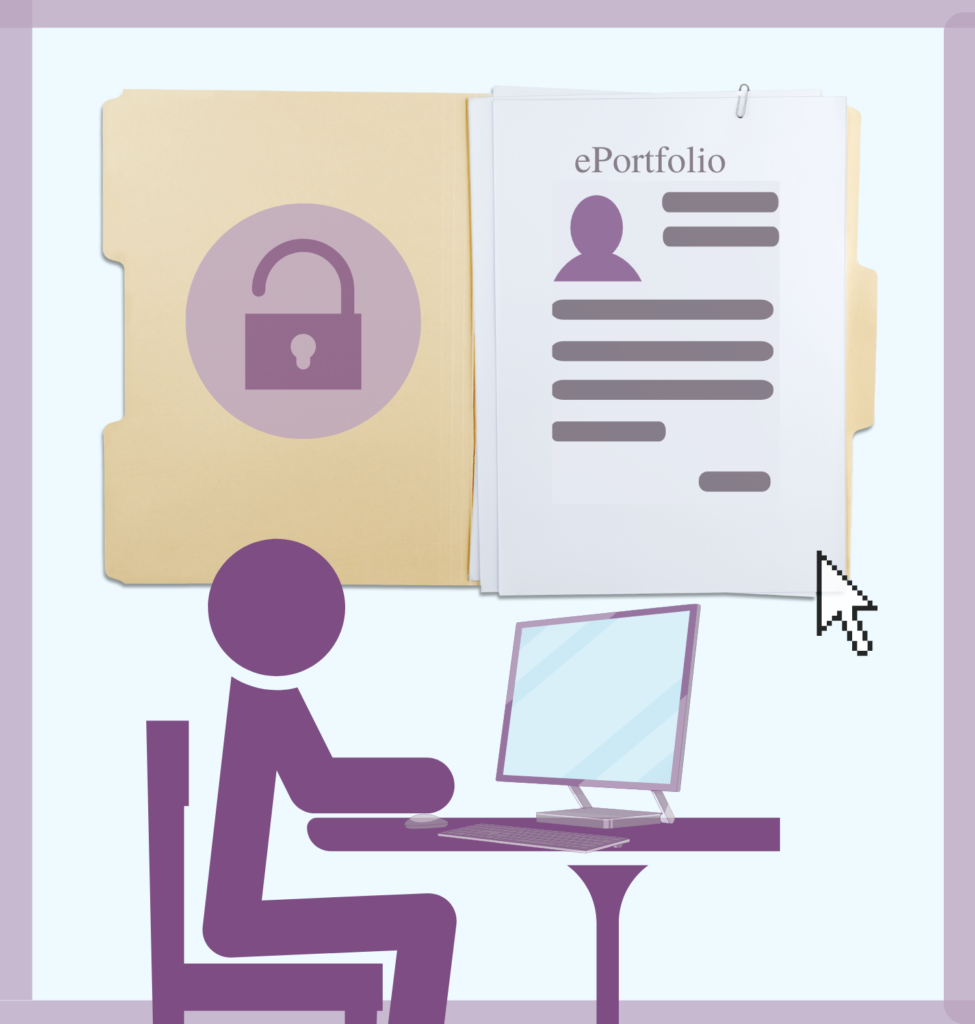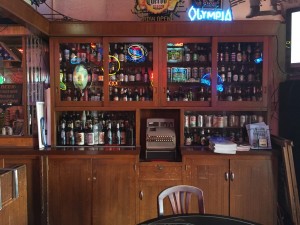In a digital era, more employers are going paperless. Due to this change as well as an overall conversion to electronic communication, there is an increasing need for digital options for self-marketing and materials that can be passed onto potential employers.

EPortfolio, a resource that is readily accessible through Canvas, provides a way to create a digital portfolio and enhance future applications.
Robert Ameling, assistant director of internships and head of the Portfolium Implementation Team, describes the primary goal of EPortfolio.
“An EPortfolio is a way for students to tell their story visually by uploading actual samples of their work, whether it’s work they did in a class or an internship or a job while they were going to school,” Ameling said. “But this way when they apply for jobs, they can provide a link to the actual portfolio so employers can actually see what students have done.”
EPortfolio provides a way for students to gather and centralize their classwork in an organized fashion. Assistant Professor Stephanie Speicher, Weber State’s Digital Fluency Faculty in Residence, discusses some of the benefits of having a digital portfolio.
Speicher said that students can upload work from past class and relevant skills they have learned.
“I think that for any student that is interested in pursuing graduate programs, masters and so on, as well as for the job market,” Speicher said.
Speicher helps train faculty and encourages them to use EPortfolio to better prepare their students for life after graduation.
“Faculty have to be able to build the assignments to be able to have students showcase what they’re doing and show employers why they are the crème de la crème, why they are the top choice,” Speicher said.
EPortfolios can be developed over time and added to as students complete new assignments that demonstrate their skills. To access Portfolium and create an EPortfolio, students can log into their Canvas account, go to the home page, click on their profile picture, and go down the list to “folio.”
“It can be a little bit confusing because in Canvas it’s called folio, it’s an EPortfolio platform and the platform is called Portfolium,” Ameling said.
Students who create an EPortfolio during their time at Weber will not lose their work when they leave.
“After you graduate, what you want to do is go into your settings in your portfolio and just update your email address from your weber.edu address to your personal email that you’re going to use after you graduate. And then you’ll always be able to access it, you’ll just go through porfolium.com instead of going through Canvas,” Ameling said.
Additional resources for EPortfolio are available to students and faculty under “Eportfolio” in the index of WSU’s official website.



















